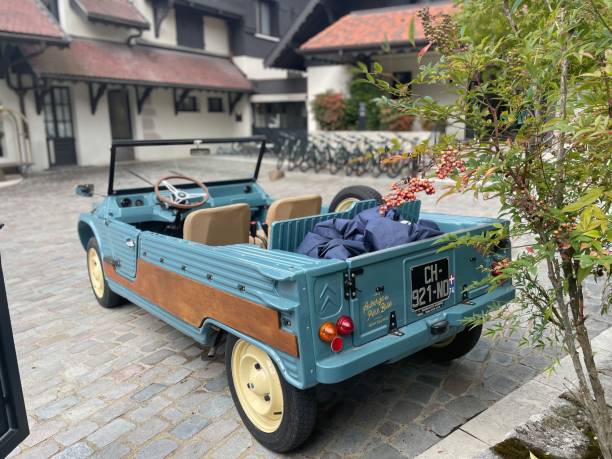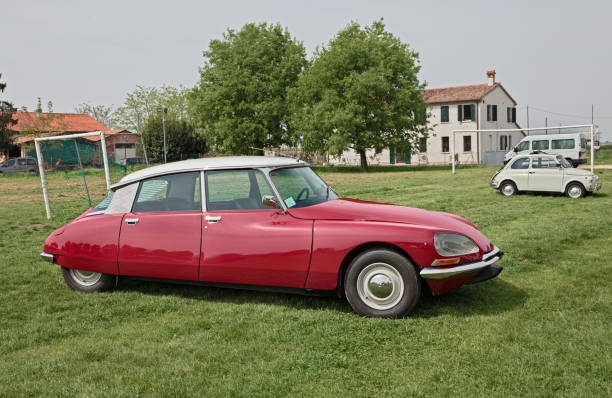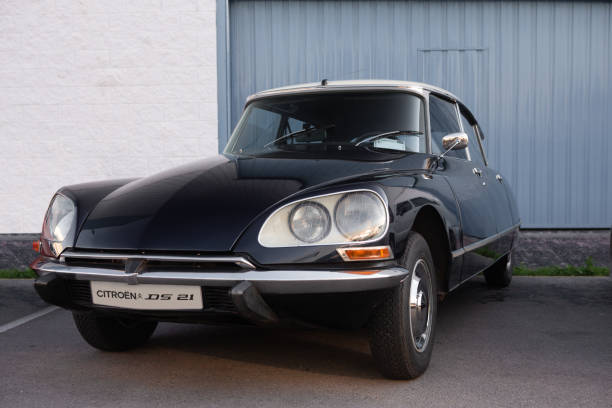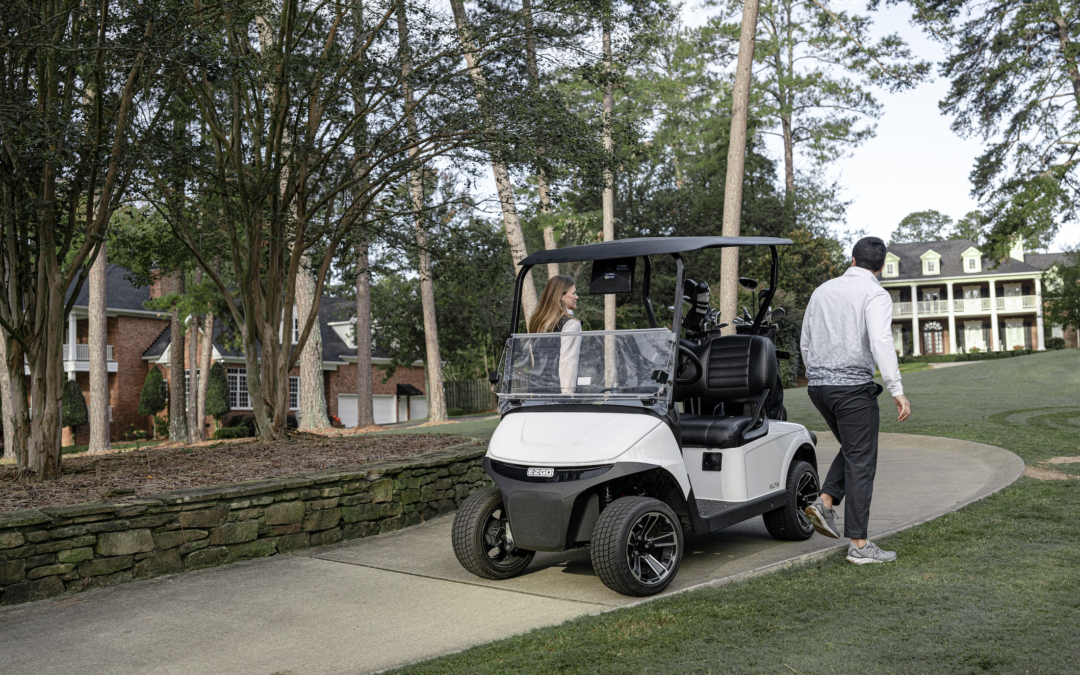Most people who know of the auto brand Citroën learned about it by reading Stephen King novels.
The protagonists in both “Salem’s Lot” and “Firestarter” drove Citroëns; meanwhile, the monster that King created in the form of Jack Torrance in “The Shining” drove a Volkswagen.
The fact is that Citroën built some of the most innovative and futuristic automobile models some 50 years ago and should have become a world standard of design but somehow failed to make what should have been an indelible mark.
It may be that people all over the world think the French can only churn out fine wines and questionable art; the “Gauls” have never been known for having engineering prowess, and that is likely why the automotive community tended to shun Citroën when they really should have been paying attention.

In fact, the horror writer King likely chose to equip his storybook heroes with a Citroën Mehari, the French version of a Jeep, because of the vehicle’s grit and determination, a literary reflection of the character driving the vehicle.
The Citroën Mehari barely eked out 75 horsepower, but it put all of those horses to work. The Mehari would not get to its destination fast, but even if the destination was the top of Mount Etna, it would get there eventually.
The Citroën company had a long string of unheralded successes.
In 1934, Citroën released the first of its examples that would hit the world stage. It was known as the “Maigret car,” named so for the fictional detective on television, and the Citroën Light 15 was a stylish looking car that featured both a unibody design as well as front-wheel drive.
The car became a European treasure as it embodied the spirit of the “French detective,” but across the pond, everyone yawned.

In 1969, Citroën introduced an actually workable fuel injection system while the Big Three American automakers were still toying with the concept.
Then along came the 1955 Citroën DS, which, according to noted car collector Jay Leno, was a game changer.
“It remains to this day the most innovative car ever designed. The most unusual car ever designed, a car with more features than any other car,” Leno said on his popular Jay Leno’s Garage program.
In 1955, Citroën engineers took hydraulics to the absolute max, instituting a suspension system that had never been seen before on any car in the world. The hydraulic suspension system had never even been included on a concept car, much less a mass produced vehicle.
The fluid-driven suspension system meant that, if necessary, the car could actually ride on three wheels if one tire went flat. This is exactly what happened in 1962, when French President Charles de Gaulle was ambushed in an assassination attempt.
The Citroën that de Gaulle was riding in took several bullets, including one to the rear tire, but the chauffeur was able to drive away on three tires, thanks to the hydraulic leveling system and the French president’s life was saved by the quick thinking driver aided by his trusty Citroën.
When the American government started demanding automakers tack on those clunky looking five-mile-per-hour crash bumpers, Citroën said “non” and basically gave up on attempting to market their vehicles in the United States, and that was a shame since the Citroën DS was as safe or safer than anything coming out of Detroit.
Today, Citroën is just another of the many marques owned by the Stellantis corporation and is just another toaster-oven-concept badge indistinguishable from all the rest; however, the history of Citroën is history that should be remembered.
See you on the road!
Scott Hudson is the Senior Investigative Reporter and Editorial Page Editor for The Augusta Press. Reach him at scott@theaugustapress.com











